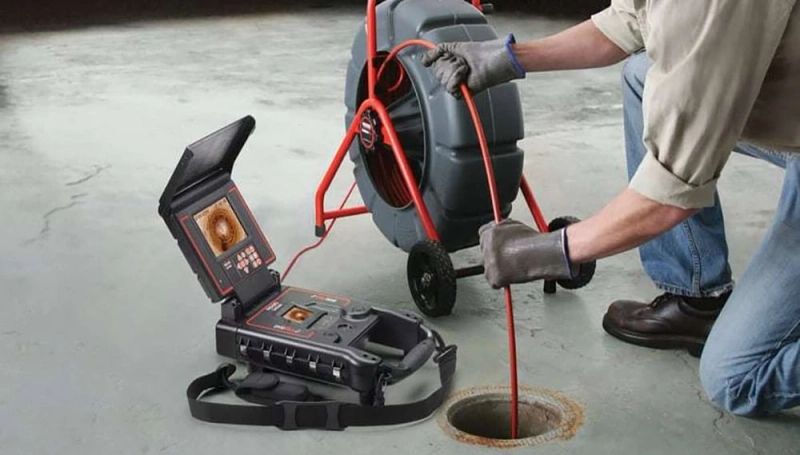The world of plumbing and maintenance has undergone a revolutionary transformation with the advent of drain cameras. These sophisticated devices have become essential tools for professionals in diagnosing and solving plumbing issues. In this article, we will explore the intricacies of drain cameras, understanding how they work, their applications, and the impact they have had on the plumbing industry.
The Genesis of Drain Cameras:
Drain cameras, also known as sewer cameras or pipe inspection cameras, have their roots in the need for more efficient and non-invasive methods of inspecting pipelines. Traditional methods involved digging and manual inspection, which were time-consuming, costly, and disruptive. The demand for a better solution led to the development of drain cameras, providing a glimpse into the depths of pipes without the need for extensive excavation.
How Drain Cameras Work:
Drain cameras are typically compact, waterproof devices equipped with a high-resolution camera and LED lights. These cameras are attached to a flexible cable that can navigate through the twists and turns of pipelines. The cable is inserted into the pipe, and as it advances, the camera captures real-time footage, which is transmitted to a monitor for immediate analysis.
The technology often includes features such as pan-and-tilt capabilities, allowing the operator to control the camera\'s orientation. Additionally, modern drain cameras may have advanced sensors for detecting issues like leaks, blockages, or structural damage.
Applications Across Industries:
1. Plumbing and Maintenance:
Drain cameras have become indispensable in the plumbing and maintenance industry. Professionals use them to identify clogs, leaks, root intrusions, and structural issues within pipes. This proactive approach enables early detection of problems, preventing more extensive and costly repairs in the future.
2. Construction and Infrastructure:
In the construction industry, drain cameras are employed to inspect the integrity of pipelines before, during, and after construction. This ensures that newly installed systems meet quality standards and regulatory requirements.
3. Municipal and Environmental Management:
Municipalities use drain cameras to assess the condition of sewer systems, stormwater drains, and other underground infrastructure. This proactive approach helps prevent environmental contamination and ensures the efficient functioning of public utilities.
Advantages of Drain Cameras:
1. Cost-Effective:
Drain cameras significantly reduce the cost of diagnostics by eliminating the need for extensive excavation. They pinpoint issues with precision, allowing targeted repairs instead of widespread replacements.
2. Time-Efficient:
The real-time monitoring provided by drain cameras accelerates the diagnostic process. Professionals can quickly identify problems and formulate effective solutions, minimizing downtime.
3. Non-Invasive:
Unlike traditional methods that often require digging up large areas, drain cameras offer a non-invasive solution. This is particularly advantageous for preserving landscaping, roads, and other surfaces.
Challenges and Future Developments:
While drain cameras have revolutionized the field, challenges such as limited accessibility in certain pipe configurations and the need for skilled operators persist. Ongoing research and development aim to address these challenges, with innovations such as self-navigating cameras and enhanced artificial intelligence for automated analysis on the horizon.
Conclusion:
Drain cameras have become the unsung heroes of the plumbing and maintenance world, bringing efficiency, precision, and cost-effectiveness to pipeline diagnostics. As technology continues to advance, the capabilities of drain cameras will likely expand, further solidifying their place as indispensable tools in various industries.



